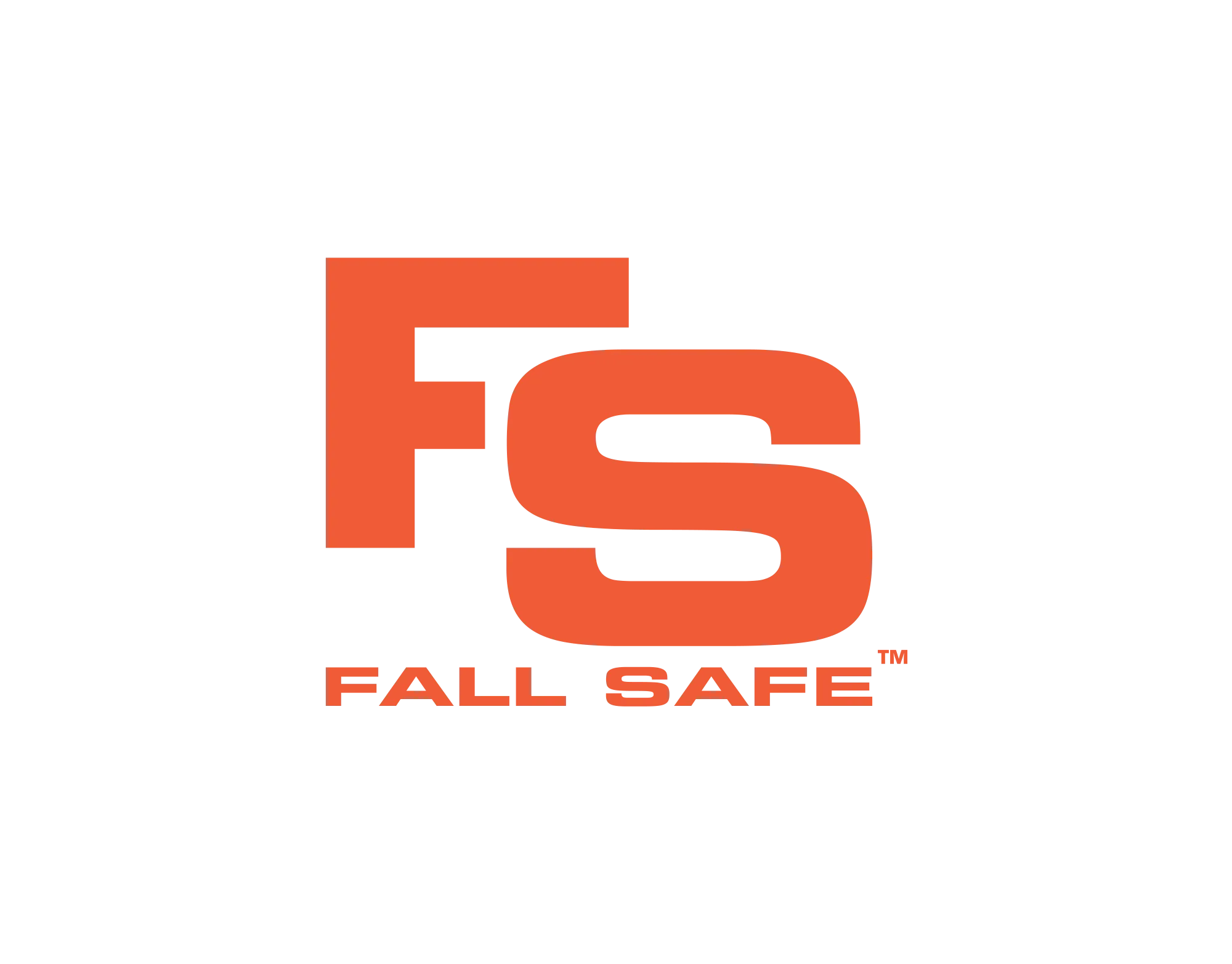The Department of Labor's deputy assistant secretary for occupational health and safety makes no apologies for new fall-protection rules that apply to homebuilders.
In fact, Jordan Barab said they were overdue.
In an interview, Barab acknowledged what he called the usual objections industries raise when faced with changing safety rules, that they're unrealistic and will cause financial distress.
"There have been a number of builders in Nebraska who haven't been too shy about talking to us," Barab said.
He talked to some of them in a recent meeting at the office of Sen. Mike Johanns.
OSHA's first-issued fall-protection rules for home construction came out in 1994, with options for companies to develop their own alternate plans, he said, and those rules have had exemptions that applied in some cases since then. OSHA never got around to addressing the issue again until last year, and with improvments in technology, forged ahead toward covering all residential builders and rescinding what were supposed to have been temporary exemptions.
"First of all, falls are a major hazard in the construction industry," Barab said. "They're the leading cause of death in constrction and a major problem in residential. Between 2005 and 2009, 545 workers were killed in residential construction, 191 by falling off roofs. That doesn't even include disabling injuries. There are thousands of injuries every year from residential construction. We felt, given the technology and feasibility advances, and seeing too many (injuries and deaths,) changing the temporary directive was long overdue."
The industry was actually divided, he said, even in Nebraska. Half of states run their own occupational safety and health programs and they recommended getting rid of the exemptions along with construction unions and others.
"A lot of builders are very supportive, because they're at a bidding disadvantage," Barab said. "This kind of levels the playing field. Half a dozen states never adopted our exemption in the first place, and they've been complying without much of a problem."
Every time OSHA issues a new regulation regimen, the agency hears that it will put people out of busisness, according to Barab. "Usually they find better, cheaper ways to comply than we even thought of," he said.
Among the complaints from some builders is that OSHA uses its regulations to impose fines that it uses to support the agency. "That is one of the myths," he said, and he heard it a week ago on the Kaleidoscope program on KETV in Omaha, a presentation he called "OSHA bashing."
"It's totally wrong," he said.
Nationwide, there have been 500 compliance assistance meetings, training sessions and meetings with associations to help determine if particular rules are infeasible or create greater hazards. "We're trying to to help employers comply," he said.
Among the "myths" Barab says he hears are the "fantastically inflated" costs of compliance. "We don't expect this to add much cost at all," he said. The new equipment is reusable, and although the work might take more time, the costs some builders use to rationalize their objections "don't come close," he said.
"It may increase the costs a little bit, but nothing is more costly than a serious injury or fatality," Barab said.
Another myth, he said, is that OSHA is focusing on residential construction in Nebraska. Nationally, about 55 percent of the agency's inspections are on construction sites, according to Barab, a little less than that in Nebraska.
